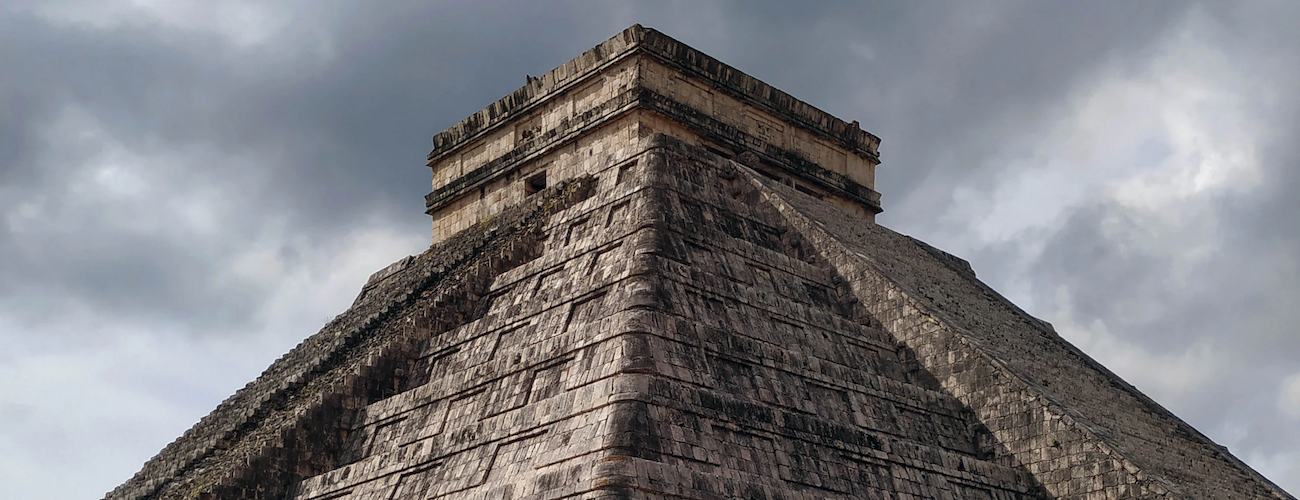About The Sacrifices

What does it mean to be civilized? Tourists are often shocked by another civilization’s rites. This poem describes a guided tour visit to El Castillo, Chichén Itzá. A young Mayan is honored, but the group is initially horrified he was killed so brutally. The significance of Chichén Itzá is almost sidelined by the melodramatic shock about the sacrifice. The guide’s question is left up to the reader. That query goes to the root of many religions, but I am more interested in the misperception by one culture of another. This in turn suggests continuous education of all people in history and archaeology can widen understanding.
El Castillo, Chichén Itzá, The Yucatán, Mexico
Our bronzed guide shuffles us to shade.
He points to Kukulcan’s step pyramid before us.
This structure, wonder of the ancient world,
was as impressive then as now. Do you want
to hear about the sacrifices? We nod. Of course.
The sand, sugary fine, cool in this hot land, waits
for the sun like the young Mayan captive before
the life-and-death ball game. The stone he aims misses:
the god wants him. He is honored to be chosen.
He climbs the 365 steep steps of the pyramid,
slips halfway, scrabble of rocks falls to earth.
Exactly at equinox the feathered serpent god
Quetzalcoatl slithers down the pyramid,
his plume of triangular scales surprises the shackled youth.
Spurred by the god’s appearance, the captive
reaches the top, exhilarated, heart pounding.
On the sacred platform the priests’ holy shadow dance
is soon finished. Bloodied steps announce
Kukulcán’s thirst is quenched.
On the plaza, citizens, warriors rejoice,
dust the ball court for the next game, assured that
crops will grow, rain will fall, the sun will return.
Shocked by the ritual’s violence, we draw back,
huddled under our umbrella of civilization.
Six centuries have passed. Why are we disturbed?
The ebony-eyed sage shrugs. That’s it. Simple.
Without sacrifice life cannot continue, right?
He lifts his arms, tilts his head, black eyebrows
raised in a pyramid, searching our faces for an answer.
Cover Image by Geri Chapple, via unsplash.com
Masthead Image by Daniel Espínola, via unsplash.com